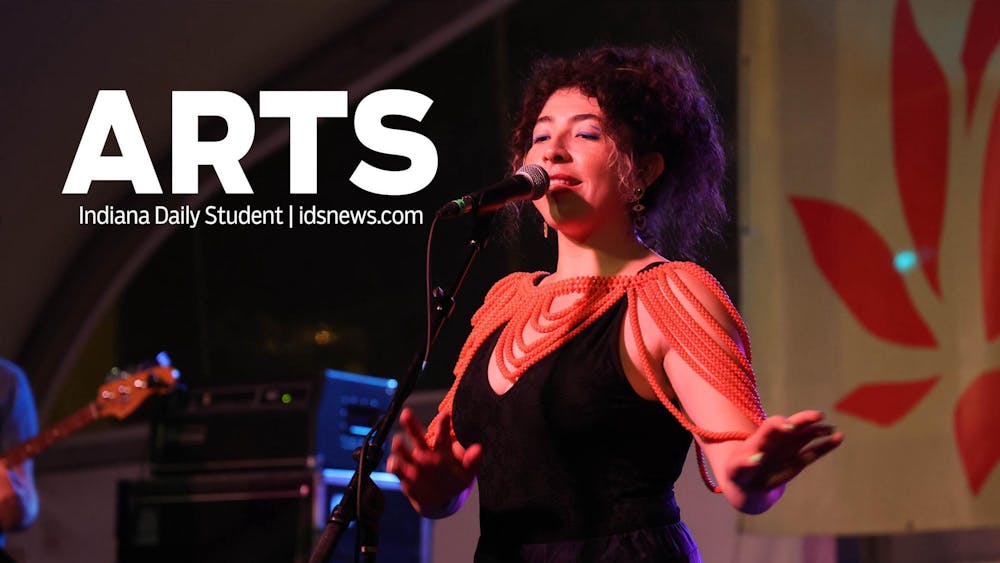Going into a symphony orchestra performance, one wouldn't normally expect music that can be described as "weird," "grotesque" or "unusual."\nBut when the IU Symphony Orchestra takes the stage at 8 p.m. today at the Musical Arts Center, the music will be just that, at least according to the people who will be playing it.\nViolinist Katja Laemmermann, a graduate student, will play the second piece of the evening, Stravinsky's 1931 "Concerto for Violin in D Major" with the rest of the orchestra.\n"It's unusual because the music has many different characters to it. It is very grotesque," Laemmermann said. \nBut not all of the music is unusual, owing to the Russian ballet's influence on Stravinsky. \n"The third movement is very melodious, but you need to pay attention to it," Laemmermann said. "There is definitely a strong connection between this piece of music and Russian ballet."\nEven so, she said the piece is a challenging one to play because of its unusual nature. \n"It's very difficult to play because the music is so weird. You have to get used to the sound before playing it," Laemmermann said. \nThe evening's music will begin with the U.S. premier of Sven-David Sandstrom's "First-Pieces." Sandstrom, a native of Sweden, is a composition professor in the School of Music. He wrote the piece in 1994, and it is 8 minutes long.\n"This piece of music is actually a compilation of a number of pieces featuring various sections of the orchestra. The piece has a lot of interesting orchestral sounds and plays with unusual tones," conductor David Dzubay said.\nHe said various sections of the orchestra will play in ways they are not accustomed to playing. \n"For example, the strings are asked to play in a variety of unusual techniques including harmonics," Dzubay said.\nAfter a brief intermission, the concert will conclude with a performance of Bartok's "Concerto for Orchestra." The concerto, written in 1943, consists of five movements (as opposed to the usual four) and has been performed countless times all over the world.\n"It is part of the standard orchestral repertoire. It allows all the parts of the orchestra to display their prowess," Dzubay said.\nWhile this concerto is a standard piece, it also represents a breakthrough in music composition.\n"Usually the idea of a concerto is to exploit the idiosyncratic virtues of a particular instrument. But the idea of a concerto for a whole orchestra is a novel one. Bartok was exploring different instrumental techniques here," senior Ross Ewing said.\nThe evening will consist of melodies that have been heard constantly over the decades, while presenting the audience with music that has not even been performed on this continent. Laemmermann said some of the music will be harmonious and rhythmical, while some will be grotesque.\n"It will be a lot of fun," Laemmermann said.\nThe symphony orchestra will perform at 8 p.m. today at the Musical Arts Center. Admission is free.
Symphony orchestra to perform at MAC
Group to play 'grotesque,' 'unusual' selections
Get stories like this in your inbox
Subscribe





